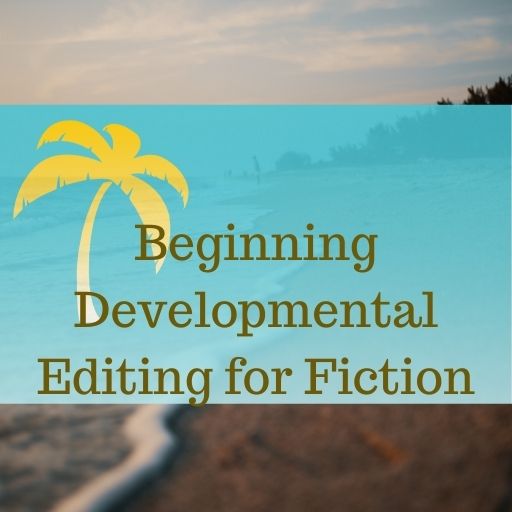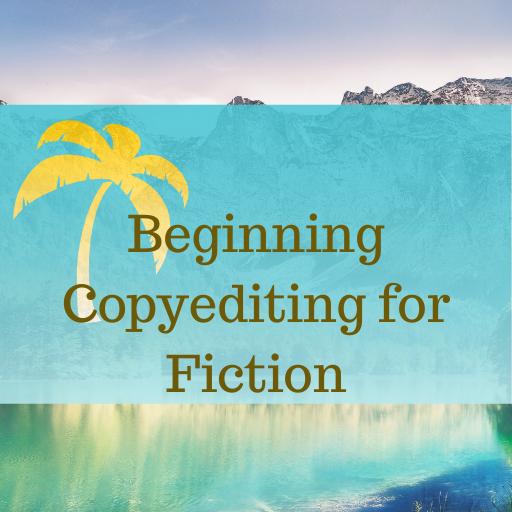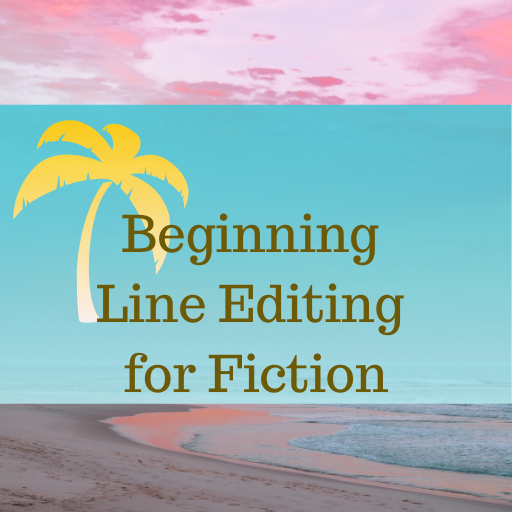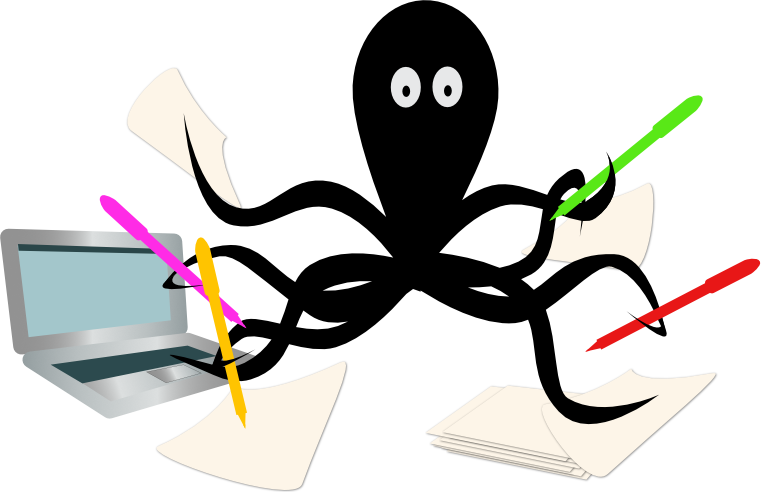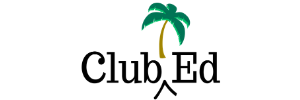Editorial Distinctions: Types of Book Editing
Understanding the differences in the various types of book editing will help editors fine-tune their craft.
Types of Book Editing
It’s important to distinguish the different types of book editing—an edit that is largely intended to deal with big-picture problems (the developmental edit) and one that is meant to catch sentence-level problems (a copyedit). It’s common, especially when working with independent authors who can’t afford several different rounds of editing, to combine these functions into one overall edit, but that can be problematic for a number of reasons.
What is the difference between a developmental edit, a critique, and a copyedit?
The most important of these is that trying to do too much can result in nothing being done well. Too, if the author is overwhelmed by the amount of work that needs to be done, s/he is likely to pick the simple fixes (usually the copyedits) and ignore the bigger problems. I’ll discuss this situation more in-depth in the next blog post.
In my teaching, I tend to overemphasize the need to focus on the big picture because it’s easy to fall into the trap of focusing on the sentence level. Sentence-level problems are easy to identify, easy to fix, and easy to defend—that is, it’s easy to “prove” that the author has misspelled a word; it’s far harder to prove that her central conflict is poorly conceived.
Types of Book Editing: Developmental Editing Versus Critique
New editors sometimes assume a developmental edit is just a type of critique. It’s not.
In general, a critique is simply a reader’s reaction. The reader says how s/he has experienced the story and leaves it up to the author to decide what, if anything, to do about it. Obviously, a critique could be more than that/different from that, but it’s the basic process most follow when critiquing peer-to-peer.
In practice, we often hear this kind of critique called a “beta read.” Someone who isn’t the author reads the book and reports on problems they encountered and questions they had.
In the DE model, we are not peers or readers speaking to writers. We are editors positioning ourselves as authorities on writing and editing matters. That’s not to say that we’re speaking from on high, and all must bow down before us. It does mean that we’re making an argument for the editorial vision we have for the work. That’s a much different intention than a critique.
That said, one way to get practice as a DE is to do some beta reading. It will give you a sense of the problems you’ll encounter as a dev editor. It’s a low-risk way to dip your toes in the water. A beta reader is just reporting the reading experience—” I thought too many events were implausible.” Beta readers normally don’t give guidance, as without experience and training, it’s easy to send an author down the wrong road. Beta reading can be a good way to sharpen your critical skills, but critiques like these are not developmental editing.
I teach a very big-picture type of development because beginning authors (who make up a large proportion of our clientele) have many big-picture problems in their work. They need to address those first before we worry about where to put the punctuation.
Developmental Editing Versus Copyediting
In the real world, you may do more coaching or critiquing or line editing than I teach. But to be effective at development, you have to be able to see it as separate from CE. It doesn’t matter if “lavender” is a better description than “purple” when the story has no central conflict, the character arcs are flat, and it’s not clear why anyone is doing anything.
And, as I’ll constantly remind you, trying to do CE at the same time as DE sends a conflicting message to the author—what’s more important, fixing the central conflict or revising the awkward sentence?
That said, sometimes a work is in such bad shape on a mechanical level (grammar/usage/punctuation) that it’s hard to see past the sentence-level problems to look at the bigger issues. I do fix egregious errors as I go along to help ensure that typos and such don’t make it into print, but if something’s in bad shape at a very basic level, I’ll send it back to the author with general instructions regarding how to make it conform to accepted grammar and usage. (This is one reason why it’s so important to review a manuscript before you agree to edit it!)
Tips for Editors & Writers
Focus on a limited number of problems in story development
Typically in a manuscript evaluation or developmental edit, I focus on what I perceive to be the three-to-five most important concerns I’ve noticed in the ms. This is the approach I teach my editing students. Editing too many problems at once overburdens the author In any given ms, there may be ten or fifteen developmental problems…
Clients who want services you don’t offer
Newer freelancers sometimes come to me in a panic because a client has approached them to do work that’s outside their typical scope. Commonly this is something like the freelancer offers copyediting and developmental editing but the client wants coaching. What should they do? They don’t know how to coach, they don’t offer coaching services,…
Expand into Book Doctoring and Ghostwriting
If you’ve been a developmental editor for any length of time, you’ve likely encountered an author who just wants you to write the book for them. Or, you’ve encountered a manuscript that was in such disrepair that it required a herculean effort to fix it, dropping your hourly rate down to pocket change. As a…
Join the Club!
New to story editing? Begin at the beginning.

